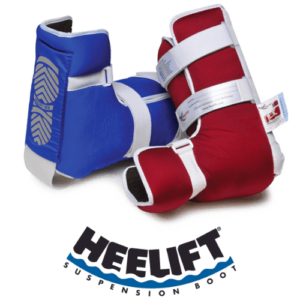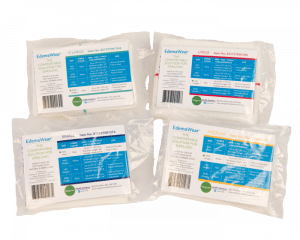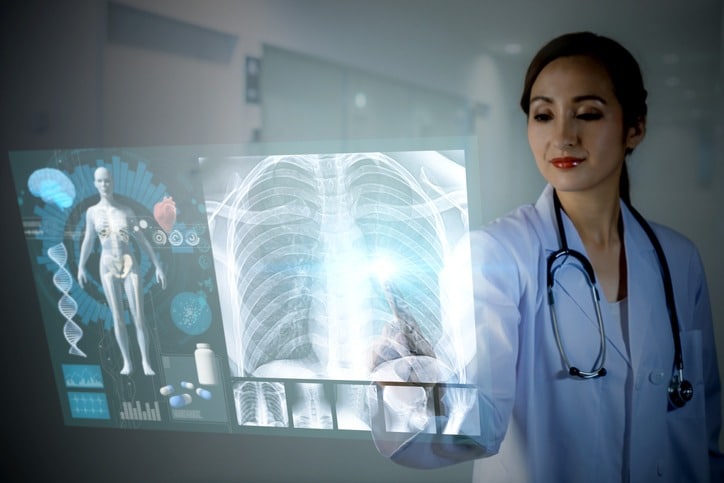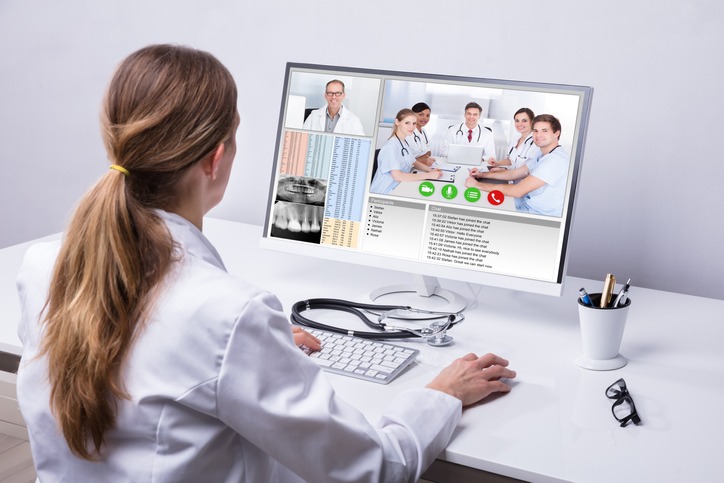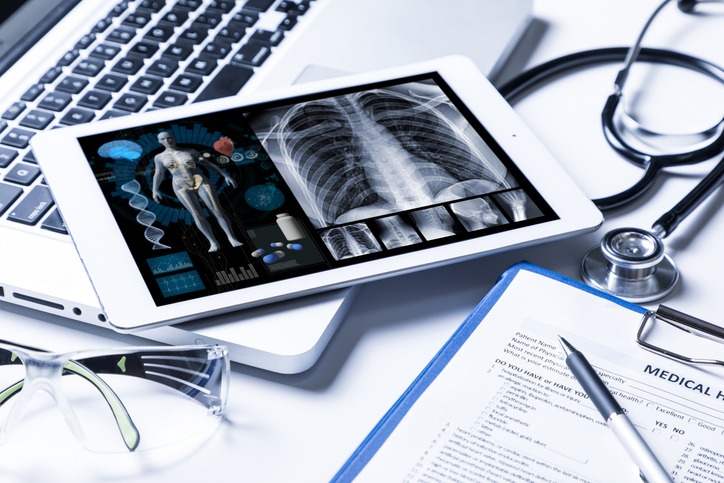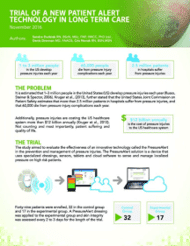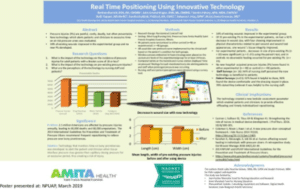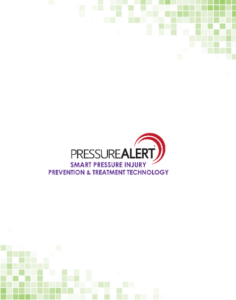LEADERS IN THE PREVENTION & TREATMENT OF PRESSURE ULCERS
- HOME
- MEDICAL PRODUCTS
- Patient Repositioning System
- TurnAssist® Premium Patient Repositioning System
- Bed Rail Protector with Nylon Cover
- Full & Half-Round Rolls
- Gel Positioning Pads & Head Positioner
- Body Protectors (Heel/Elbow, Ulnar Nerve, Knee Separator Cushion)
- EdemaWear® Open Toe Stockinettes
- Elbowlift® Suspension Pad
- Leg Elevator Cushion
- TurnAssist® Premium 30° Positioning Wedge w/ handles (Pair)
- TurnAssist®
- Offloading HEELIFT®
- AnkleTough® Rehab System
Patient Repositioning System
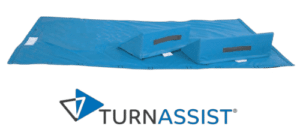
- PRODUCT RESOURCES & IFU
Instructions for use
- ABOUT US
- CONTACT US

